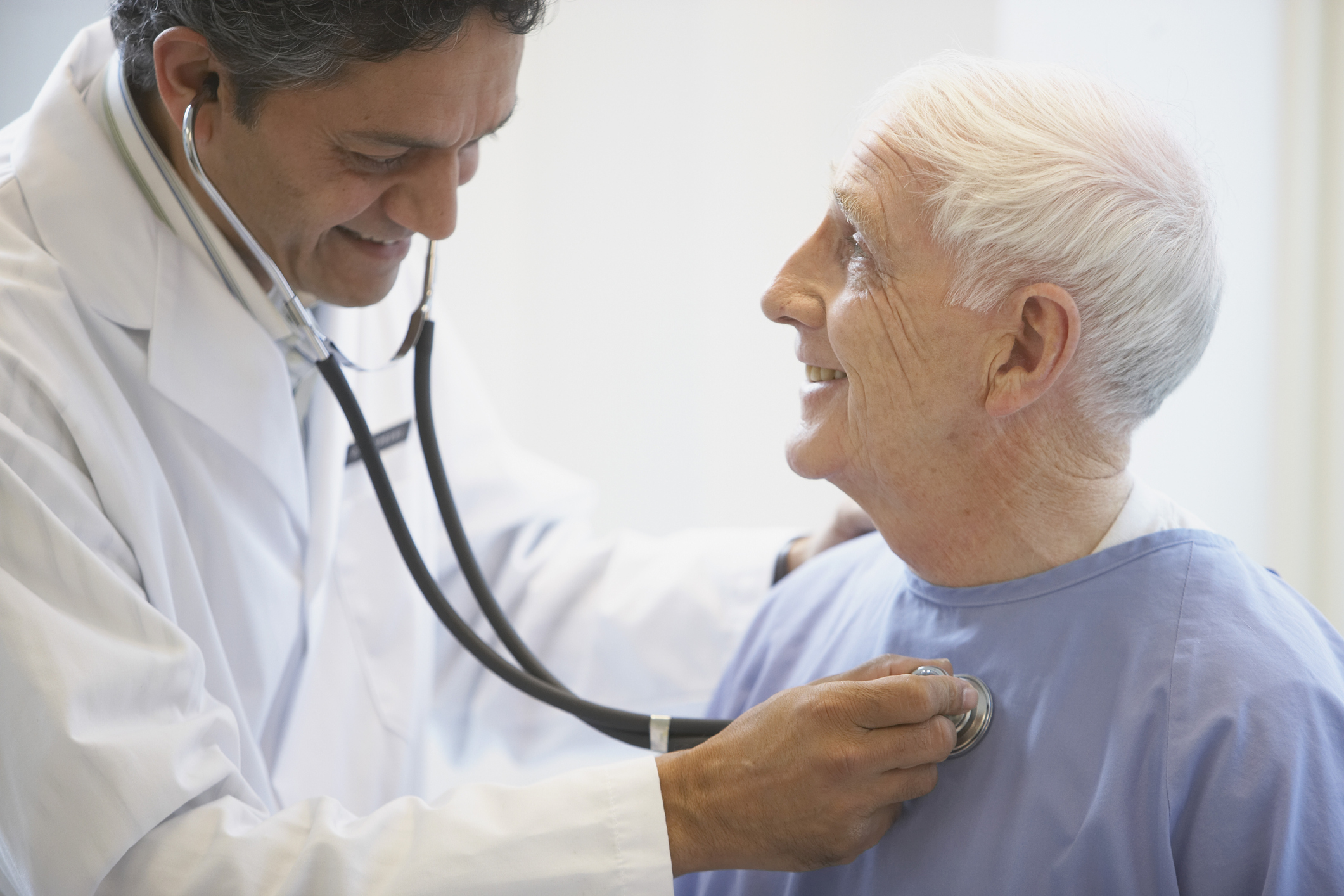Health on the Frontlines: Celebrating New York’s Medical History

New York has a rich medical history.
Bellevue, now part of N.Y.U., opened in 1736 and is the oldest hospital in America. The first American medical journal, The Medical Repository, was published in NY in 1797. The National Institutes of Health started as The Hygienic Laboratory on Staten Island in 1887. Established in 1768, the College of Physicians and Surgeons at Columbia University, then named King’s College, is one of the oldest medical schools in this country, second only to the University of Pennsylvania, which opened three years before.
SUNY Downstate Medical School, called Long Island Hospital at the time, was the first to have a medical school next door to a teaching hospital. It was also where the stethoscope was introduced into the United States by Austin Flint, who has a heart murmur named after him.
The Johns Hopkins School of Medicine was founded in 1893 by four distinguished physicians. While the story ends in Baltimore, it starts in New York. “The Big Four” included Sir William Osler (“the father of American medicine”), William Halstead (“the father of modern surgery”), William Welch and Howard Kelly. Drs. Welch and Halstead both graduated from the College of Physicians and Surgeons at Columbia in 1875 and 1877, respectively. Both men trained in Europe after medical school, but did not meet until they were both back in New York and working at Bellevue. Dr. Halstead also pioneered the use of local anesthetics.
Cystic fibrosis was first identified by Dr. Dorothy Andersen in 1935, while she was the Chief of Pathology at New York Presbyterian/Columbia.
While working at Columbia’s Neurological Institute in 1936, Drs. H. Houston Merritt and Tracy Putnam discovered that the drug phenytoin could be used to treat epilepsy. The leading antiepileptic at the time was phenobarbital, which left patients extremely sedated. Because phenytoin didn’t cause sedation, it quickly became the anticonvulsant of choice; the drug remains popular to this day.
Dr. George Papanicolaou, a Greek-American pathologist at New York Hospital, discovered that cervical cancer could be seen by microscope in swabs taken from the cervix of guinea pigs in 1928. In 1943, he published a book on using the eponymous Pap Smear to routinely screen women for cervical cancer, which has saved millions of lives worldwide.
In 1943, the bacteriologist Balbina Johnson discovered the antibiotic ointment Bacitracin that remains a staple in medicine cabinets across the country since 1948. Dr. Allen Whipple of Columbia invented a surgery for removing pancreatic cancer in a single (but difficult) procedure, which he presented in 1945. The Whipple is still the most common surgical treatment for pancreatic cancer.
Dr. Virginia Apgar created the Apgar score as a way of assessing the health of newborn babies. In 1965, Drs. Andre Cournand and Dickinson Richards from the cardiology department at Columbia won the Nobel Prize in Physiology or Medicine for their development of diagnostic cardiac catheterization.
SUNY Downstate Medical Center in Brooklyn was also an early hub of medical innovations, particularly in technology. In 1955, Dr. Clarence Dennis performed the first successful open-heart surgery in the state using a heart-and-lung bypass machine. The first dialysis machine, or mechanical kidney, was made in Holland by William Kolff. When the technology came to the U.S. in the 1960s, Downstate opened the first federally-funded dialysis center.
In 1977, Dr. Raymond Damadian, also at Downstate in Brooklyn, introduced magnetic resonance imaging (MRI) into medicine for the first time. Dr. Damadian wanted to scan the entire body to search for cancer, so he built an MRI. His first machine was detecting cancer by 1978. MRIs are one of the most popular and useful imaging studies in medicine.
In 1980 Dr. Robert Furchgott at Downstate discovered how the innermost lining of blood vessels controls contraction and dilation, which raise and lower blood pressure, respectively. Dr. Furchgott figured out that the endothelial layer produced nitric oxide, which acted as a signal for the smooth muscle lining vessels to relax. For this work, he shared the Nobel Prize in Physiology or Medicine in 1998, His discoveries are what led to Viagra.
In 1967 the first human heart transplant surgery was performed at another medical center in Brooklyn, Maimonides. The doctor who performed the surgery, Dr. Adrian Kantrowitz, developed other useful tools for cardiology including the intra-aortic balloon pump.
Dr. Charles Helman of Brooklyn developed small incision cataract surgery with phacoemulsification with ultrasound, restoring sight to millions. Arthur Kornberg of Brooklyn received the Nobel Prize in Medicine in 1959 for his discovery of the mechanisms of synthesis of RNA and DNA. Nina Starr Braunwald of Brooklyn designed and fabricated an artificial heart valve and did the first-ever artificial heart valve surgery in NYC, at Bellevue. And Dr. George Yancopoulos invented monoclonal antibody to treat early COVID-19 at Regeneron in New York, which proves that medical history is still being made in New York.
Contributing science writer; Rachel N Ratteni, BA, New York University.
Peter Michalos, MD is Associate Professor of Clinical Ophthalmology, Columbia University Vagelos College of Physicians and Surgeons; Past President of Medical Staff and Past Chief of Surgery Southampton Hospital; Chairman Hamptons Health Society. He has been a resident of Southampton for three decades.



